In 1934, the German army weapons department was worried about the delay in the completion of the army battle tank (tank 3) and support tank (tank 4). In order to fill the gap in the armored forces in a short period of time, the weapons Bureau hopes that the fire dealers of all armies will provide a light tank with a weight of less than 10 tons, a 20 mm machine gun and a 7.92 mm machine gun. According to these requirements, design invitation was sent to man, Krupp and Henschel. In the same year, all three companies took out sample cars.
In 1942, the German weapons Bureau was still very stubborn in its insistence on the development of No. 2 tank. The development of the L-type was synchronized with that of the H-type, so the design was based on the G-type. However, in the final stage of the prototype vehicle, the M-type chassis was replaced by the vk1303. This prototype vehicle has a brand-new large turret, and a kwk 38 20 mm machine gun is mounted on a large anti shield.
Vk1303 was further improved and put into mass production as L-type in September 1943. The crew of the L-type was increased to 4, and the stronger kwk-39 60 times caliber 20 mm gun was used later. It is known as the "Luchs" and has a separate standard weapon number Sd.Kfz .123?
The L-type Bobcat was awarded to the user, and the military issued an order for 800 units, which were manufactured by Augsburg Nuremberg machinery company and Henschel company. However, due to the fact that there was no production priority for light tanks at that time, from September 1939 to January 1944, only 104 light tanks (133 according to data) were manufactured, with chassis numbers of 200101-200200. Finally, the military can't bear to stop production.
Augsburg Nuremberg machinery developed its chassis and Daimler Benz superstructure and turret. A modification of Bobcat's suspension system and body vk901 (type G) was modified. It is powered by a 180 HP Maybach hl66p six cylinder engine and a zfaphon sg48 transmission. The bobcat weighs 13 tons and can travel 290 kilometers on the road. The bobcat is operated by the commander, gunner, pilot and radio operator. The communication system consists of fug12mw receiver and 80W transmitter. The communication between members is based on the internal communication system.
Bobcat, a light reconnaissance tank, was deployed in the East-West line until the end of the war. It is equipped with an armored reconnaissance battalion (reconnaissance unit) of the national defense force and the armed SS army. The use of this equipment has been reported in the 116th Panzer Division on the western front and the 3rd and 6th panzer divisions on the eastern line. Bobcats were also used by the 3rd skull division and 5th dimensional capital division of the armed SS. Bobcats heading for the east line are equipped with additional front armor plates at the front of their bodies to provide additional protection. There are also a small number of radio equipment and antennas installed as reconnaissance communication vehicles. Bobcats finally installed the (SM 50 mm) 39 50 mm 60 x diameter tank gun (vk1602 Cougar), but also produced a variant with 38 type 20 mm 55 x diameter cannon (firing rate of 420-480 rounds per minute). The 20 mm cannon is equipped with tzf6 optical sight. There are also uncertain reports that 31 Bobcats used open turrets for the installation of type 39 50 mm 60 x tank guns, which entered the army in late 1943. There are also plans to build a recycling vehicle, the bobcat repair tank, but they have never been realized. Like the bobcat maintenance tank, the bobcat anti-aircraft tank (vk1305) which is refitted after extending its chassis has been proposed to be installed with 20 mm Quad mounted anti-aircraft gun or type 36 37 mm anti-aircraft gun. This project has also never been realized.
Description:
Control key 1: machine gun
Control key 2: open hatch cover
Control key 3: open hatch cover
Control key 4: open hatch cover
Specifications
General Characteristics
- Created On Windows
- Wingspan 11.0ft (3.4m)
- Length 20.3ft (6.2m)
- Height 11.9ft (3.6m)
- Empty Weight N/A
- Loaded Weight 65,341lbs (29,638kg)
Performance
- Power/Weight Ratio 0.206
- Wing Loading N/A
- Wing Area 0.0ft2 (0.0m2)
- Drag Points 6903
Parts
- Number of Parts 2179
- Control Surfaces 0
- Performance Cost 7,771

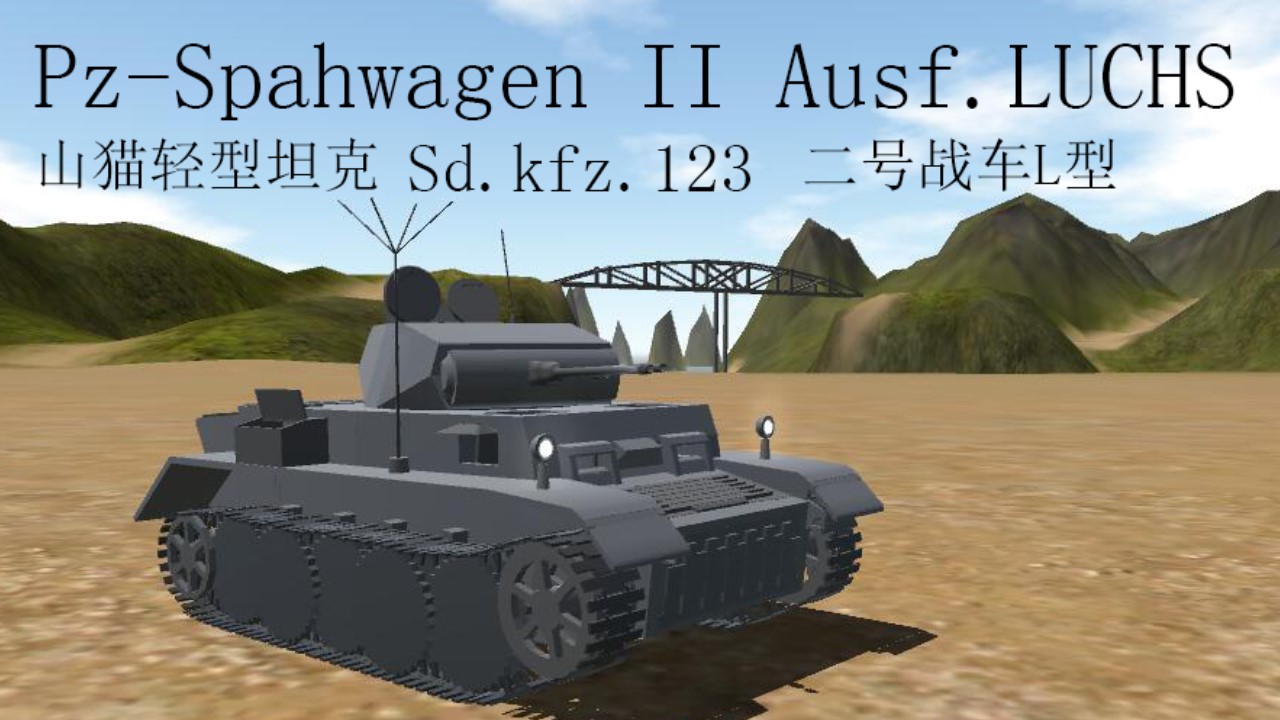
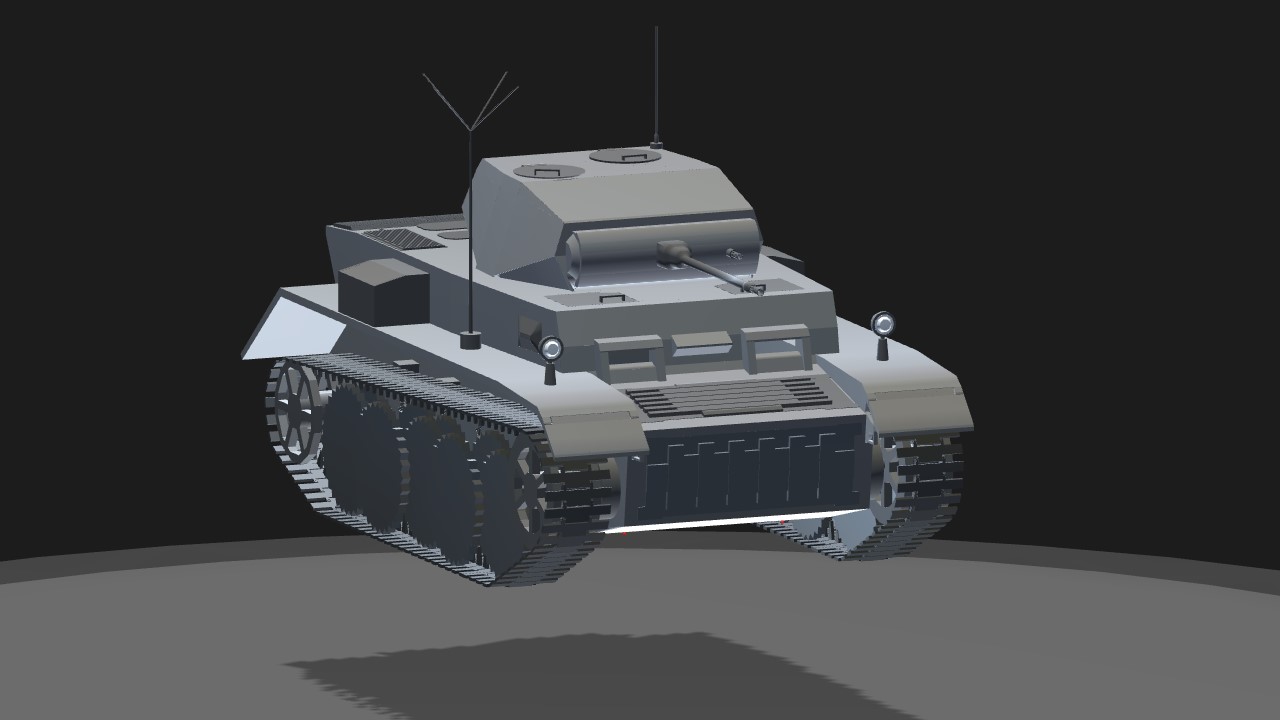
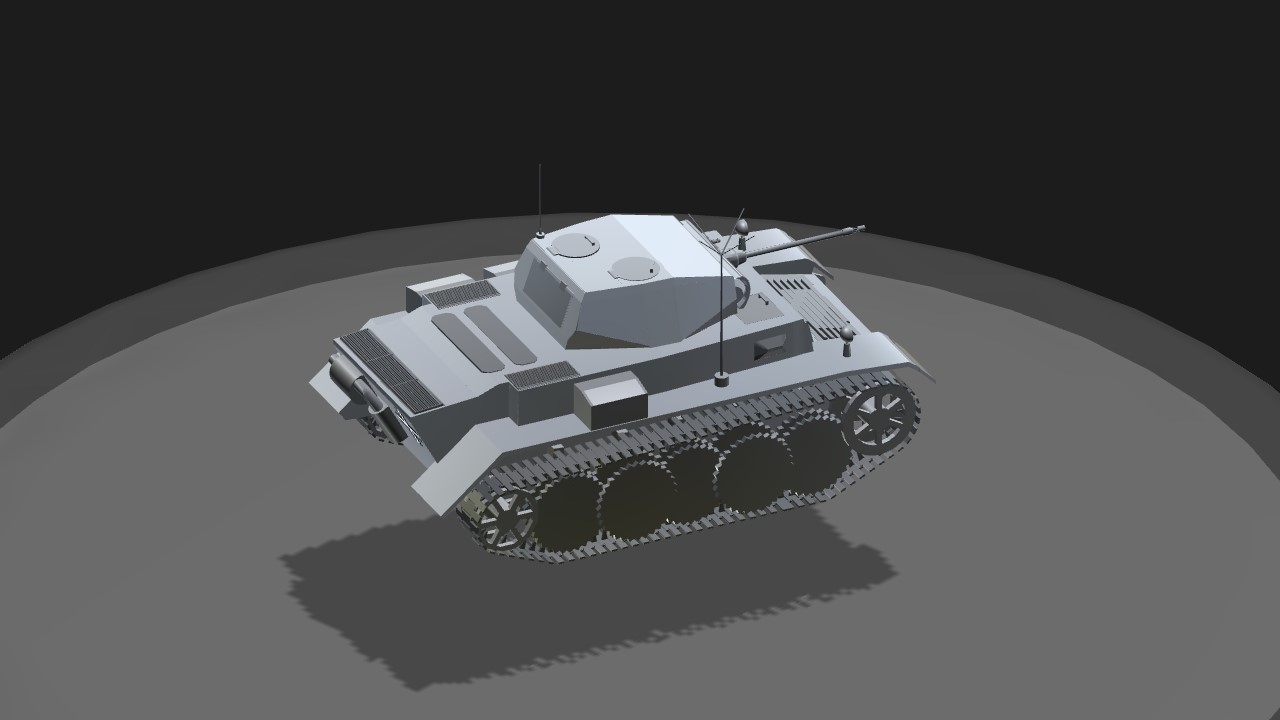
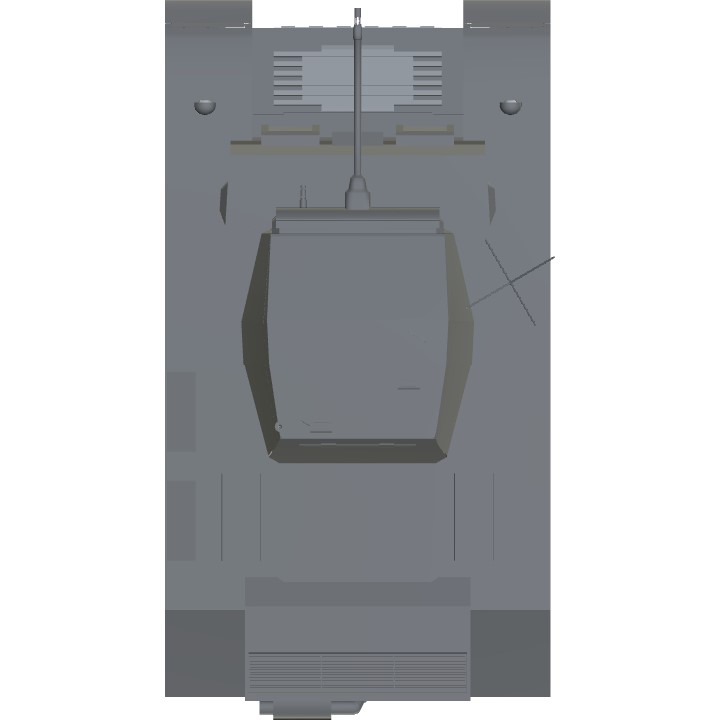
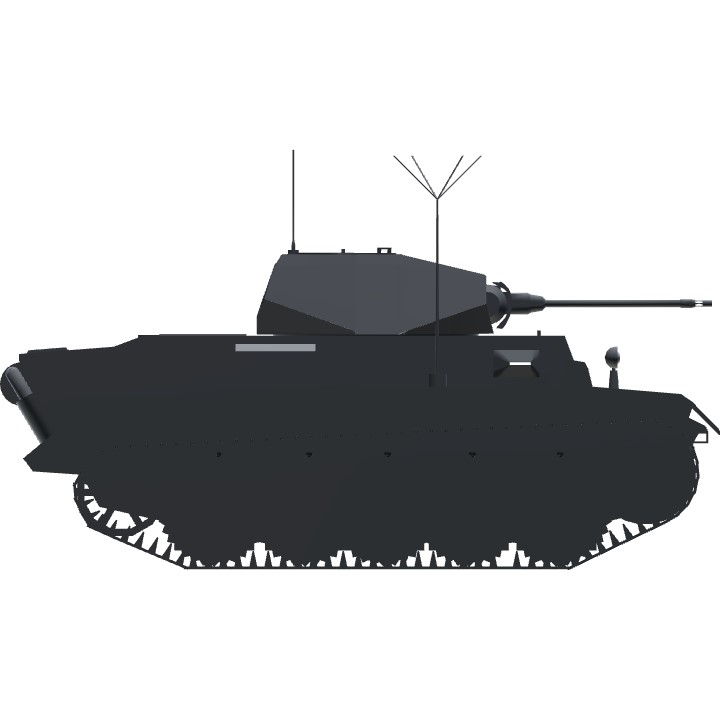
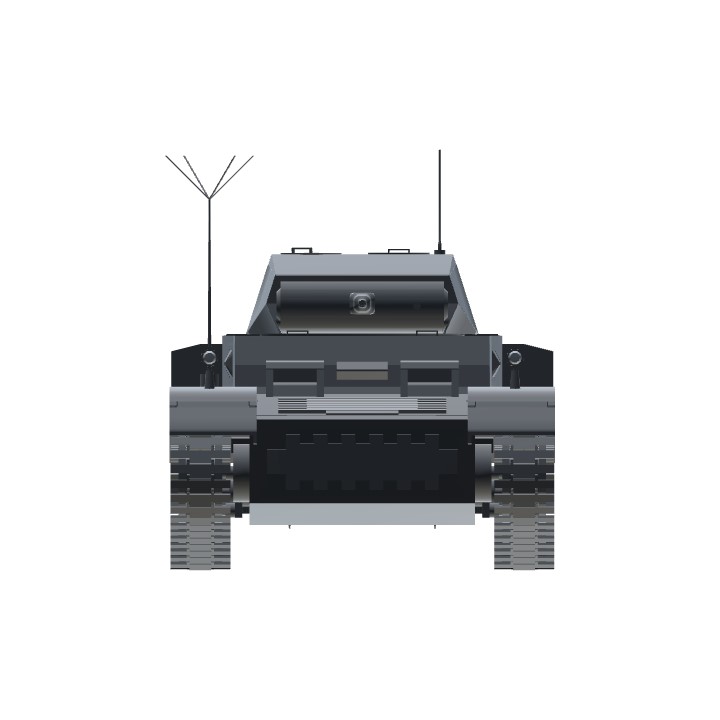
履带太松了
太强了,一下发好几个群
Holy crap that was real tracks, damn nice, sadly i can't spotlight this ;-;